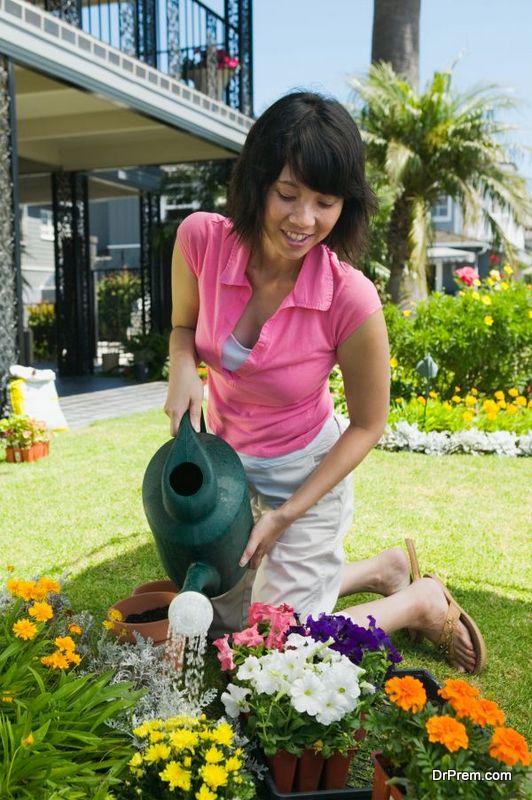Maintaining a healthy and beautiful lawn does not have to be harmful to the environment. By following a few simple guidelines, it is possible to surround your home with a gorgeous view that will also help create a healthier environment.
Gorgeous Grass
The most important part of creating a beautiful and eco-friendly lawn is selecting the type of grass. By choosing a seed that is native to the area, it is possible to ensure the local waterfall will be sufficient to meet the needs of the seed without additional watering.
Kentucky bluegrass seed is ideal for most northern areas. As with other types of seed, there are genetic variations that are better suited to some areas than others. Taking the time to learn about the blends that will do best at your home will make the process of installation, care, and maintenance much easier.
Watering Wisely
There are several ways to water a lawn without putting strain on the environment. In many areas, it is possible to collect rainwater for dryer times that can then be used to hydrate a thirsty lawn.
Another way to ensure you aren’t watering too much is to buy an inexpensive moisture meter. Many of these can be integrated into sprinkler systems to ensure your lawn has plenty to drink without becoming oversaturated.
Daunting Drainage
While getting enough water is a major concern for most homeowners, it is possible to have too much of a good thing. Standing water can actually be harmful to many types of grass, so good drainage is an important consideration.
Soil permeability and the topography of the yard are the two most important factors in creating proper drainage. Excess water from driveways, roofs, and roads need to be diverted away from your yard with drains or slopes.
Mowing Musts
Cutting lawns too short may look attractive and seem to be a way to extend time between mowing days, but it can hurt your lawn. Longer grass is able to better absorb rain water, grow deeper roots, and defend against weed encroachment. The longer grass also helps reduce runoff and erosion which are both serious environmental concerns.
Fertilizer Facts
At some point, most lawns will require a little help to remain lush and healthy. Fertilizers tend to get a bad reputation but there are many brands that are good for your lawn without being bad for the environment. Choose brands that are phosphorus free and follow the instructions from the brand carefully. Do not over apply the product and only use it when there is no rain expected for the following 24 hours. Finally, lawns do not require monthly fertilizer application; instead, they only need to be fed during active growing cycles.
More Mulching
Mulching the lawn clippings, or simply leaving them on the lawn, is great for the health of your yard and the environment. It helps return important nutrients to the soil and prevent any fertilizer residue from being spread to other areas. They can also help reduce the amount of runoff and erosion.
Creating a beautiful lawn to enjoy throughout the year is an important aspect of homeownership for many people. The rise in environmental consciousness has led many to believe this dream is incompatible with being a steward of the environment. However, with proper research and effort, it is possible to have the lawn of your dreams and help keep your local environment healthy.
Article Submitted By Community Writer







